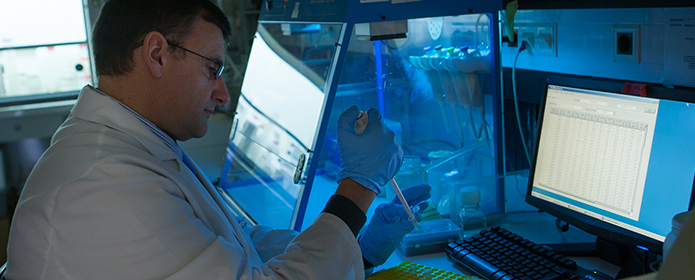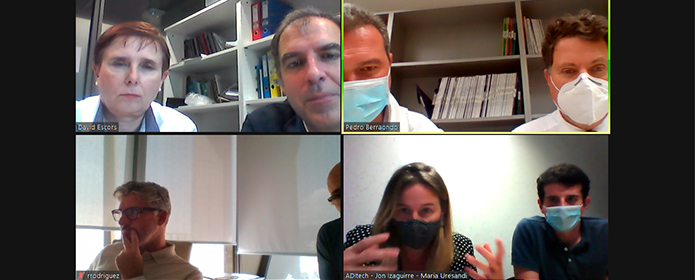Spanish researchers review the state-of-the-art text mining technologies for chemistry
The construction of large chemical knowledge bases, integrating chemical information with biological and clinical data, is critical to speed up the drug discovery process

In a recent Chemical Reviews article, the Biological Text Mining Unit at the Spanish National Cancer Research Centre (CNIO) together with with researchers at the Center for Applied Medical Research (CIMA), of the University of Navarra, in Pamplona, and the Barcelona Supercomputing Centre (BSC-CNS) have published the first exhaustive revision of the state-of-the-art methodologies underlying chemical search engines, named entity recognition and text mining systems.
The rapidly growing field of big data applications in biomedical research together with the use of machine learning and artificial intelligence technologies for text data mining has resulted in promising tools. “This review –state the authors– is organized to serve as a practical guide to researchers entering in this field but also to help them to envision the next steps in this emerging data science field”.
“Through the release of Gold Standard datasets and the organization of several community challenge benchmark events, the Biological Text Mining Unit has played a critical role in the development and evaluation of current chemical text mining systems, as highlighted in this article,” explains Martin Krallinger, head of the Unit and co-first author of the review.
A huge amount of unstructured dataA considerable fraction of biomedical-relevant data is only available in the form of unstructured data. This type of data includes the rapidly growing scientific literature, medicinal chemistry patents, electronic health records or clinical trial documents. In fact, every year, over 20,000 new compounds are published in medicinal and biological chemistry journals.
Being able to transform unstructured biomedical research data into structured databases that can be more efficiently processed by machines or queried by humans is becoming critical for a range of very heterogeneous applications. These include the identification of new drug targets and chemical probes to validate/discard those new potential targets, re-purposing of approved drugs, the identification of adverse drug events or retrieval of systems biology associated with chemical-disease or chemical-gene networks.
Chemical compounds constitute a key entity type of critical relevance for biomedical research; as a therapeutic strategy to treat medical needs. In fact, “the construction of large chemical knowledge bases, integrating chemical information with biological and clinical data, is crucial to identify and validate new therapeutic targets for unmet medical needs as well as to speed up the drug discovery process” explains Julen Oyarzabal, Director of Translational Sciences at CIMA and co-leader of this report.
This work has been funded by the European Community’s Horizon 2020 Program (project reference: 654021 – OpenMinted), the Encomienda MINETAD-CNIO as part of the Plan for the Advancement of Language Technology, the Foundation for Applied Medical Research (FIMA), the University of Navarra (Pamplona, Spain). the Consellerìa de Cultura, Educación e Ordenación Universitaria (Xunta de Galicia), FEDER (European Union), and the Portuguese Foundation for Science and Technology (FCT) under the scope of the strategic funding of UID/BIO/04469/2013 unit and COMPETE 2020 (POCI-01-0145-FEDER-006684).





